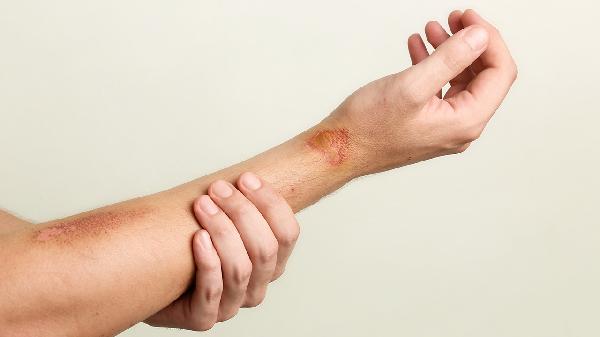Training children in Taekwondo and Sanda can make us increasingly stronger and better at protecting ourselves. So, what are the differences between Taekwondo and Sanda for kids? Which one is more powerful? Let's take a look together!
The Differences Between Taekwondo and Sanda for Kids
The differences between Taekwondo and Sanda for kids lie in the training content, the actual significance, and the goals and effects of the training.
Content Differences
Sanda is a crucial part of Chinese martial arts, primarily utilizing kicking, throwing, and striking techniques in a combined defensive style, where hands and feet work together to leverage force. In contrast, kids' Taekwondo focuses heavily on leg techniques, with hand techniques mostly used for defense and blocking. Comparatively, Sanda combines hand and foot techniques for both offense and defense, whereas kids' Taekwondo emphasizes legs for offense and hands for defense.
Practical Differences
The practicality of kids' Taekwondo is mainly reflected in the use of legs as the primary point of attack and defense, while Sanda integrates both hands and feet for a more balanced approach. In simpler terms, Taekwondo primarily uses legs to deliver powerful blows, whereas Sanda allows for both punching and kicking, offering a superior blend of offense and defense.
Effect Differences
Kids' Taekwondo focuses mainly on leg techniques, so the training effects are most noticeable in the legs. Sanda, on the other hand, is more comprehensive. The benefits gained from Taekwondo can also be achieved through Sanda, often with even greater effectiveness. Therefore, for those with higher demands in martial arts training, Sanda is a more suitable choice.
Purpose Differences
Both Taekwondo and Sanda for kids have evolved into more standardized and systematic practices, with a growing emphasis on physical fitness. Due to the limitations of hand techniques in Taekwondo, the effects are astonishing in the legs but less so in other parts of the body, making its practicality somewhat limited. Sanda, rooted in traditional martial arts, maintains a disciplined approach that engages the entire body, promoting a more holistic workout.
Which is More Powerful: Taekwondo or Sanda for Kids?
Both Sanda and Taekwondo for kids are competitive martial arts, not实战 (real combat). Under their respective competitive rules, it's not a matter of which is more powerful. If a three-year Taekwondo practitioner and a three-year Sanda practitioner were to engage in a no-rules fight, Sanda's defensive techniques would be more comprehensive, its offensive capabilities more pronounced, and the practitioner's ability to withstand blows stronger.
Taekwondo is an official Olympic sport, primarily using hands and feet for combat or resistance. In terms of practicality, Sanda has the upper hand, as its core emphasis is on practical application. Taekwondo, relatively speaking, is less practical and more suited for forms and demonstrations. There is no inherent superiority between Sanda and Taekwondo; the key lies in individual training.
























